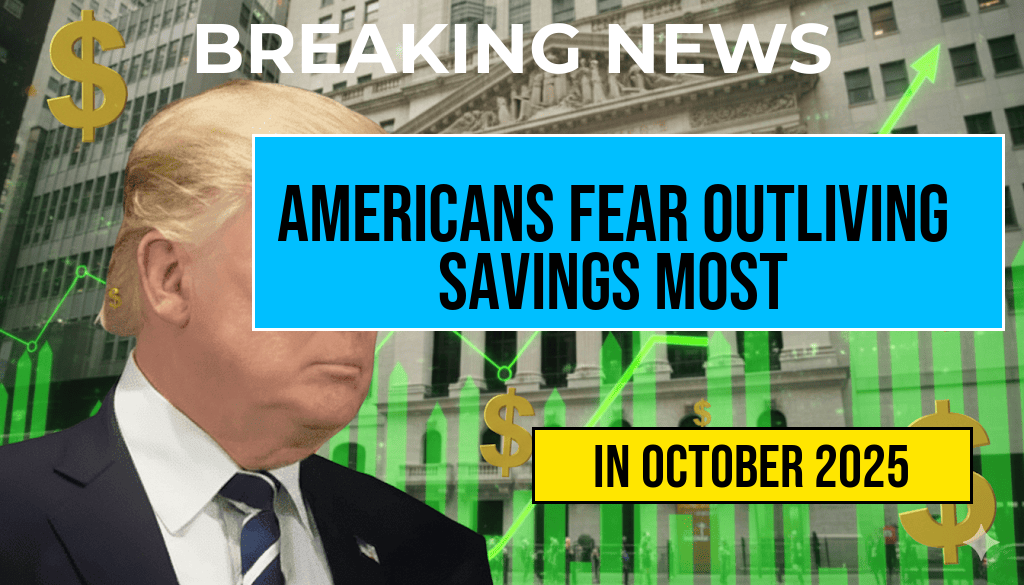The Internal Revenue Service (IRS) announced significant updates to the annual contribution limits for 2025, with the 401(k) plan cap increasing to $23,500. This marks a notable rise from the current limit of $22,500 in 2024, reflecting ongoing adjustments for inflation and economic factors. The increase allows employees to contribute more toward their retirement savings, potentially accelerating their financial security in later years. Additionally, the catch-up contribution limit for individuals aged 50 and older remains at $7,500, enabling older workers to bolster their retirement funds as they approach retirement age. These adjustments are part of the IRS’s annual effort to keep retirement savings limits aligned with inflation, ensuring that Americans can maximize their retirement contributions amid changing economic conditions.
Details of the 2025 401(k) Contribution Limits
Standard Contribution Limit
| Limit Type | 2024 Limit | 2025 Limit | Change |
|---|---|---|---|
| Employee Contribution | $22,500 | $23,500 | +$1,000 |
| Catch-Up Contribution (age 50+) | $7,500 | $7,500 | No change |
| Total Contribution Limit (including employer contributions) | $66,000 | $73,500 | +~$7,500 |
The primary increase in the employee contribution limit signifies an opportunity for workers to save more directly from their paychecks. The total contribution limit, which encompasses both employee and employer contributions, also rises accordingly, allowing for enhanced retirement planning flexibility.
Implications for Retirement Savers
Enhanced Savings Potential
With the contribution cap climbing by $1,000, employees who are able and willing to maximize their contributions gain a significant advantage in building a more substantial retirement nest egg. This is especially relevant as inflation-adjusted limits aim to preserve the real value of savings over time. Financial advisors suggest that individuals review their contribution strategies to take full advantage of this increase, particularly those nearing retirement age who can make catch-up contributions.
Impact on Employers and Retirement Plans
Employers offering 401(k) plans may also see changes in plan design and contribution matching strategies. The increased limits could influence how companies structure their benefits packages or encourage employee participation. Some organizations might consider increasing their matching contributions to incentivize higher employee contributions, fostering a culture of proactive retirement planning.
Broader Context and Future Outlook
Inflation and Policy Adjustments
The IRS adjusts contribution limits annually based on changes in the Consumer Price Index (CPI). The upward revision for 2025 signals a recognition of ongoing inflationary pressures that affect Americans’ cost of living and savings capacity. Such adjustments aim to prevent the erosion of retirement savings power over time and ensure that retirement plans remain effective tools for long-term financial security.
Expert Perspectives
Financial experts emphasize that while higher contribution limits provide more room to save, individuals should focus on consistent investing and diversified retirement strategies. “Maximizing contributions is beneficial, but it should be part of a broader financial plan that considers other savings vehicles and investment options,” notes Jane Doe, a certified financial planner. She also highlights that increasing contributions now could be especially advantageous for younger workers with decades ahead before retirement.
Additional Retirement Savings Options
- IRAs and Roth IRAs: Contribution limits for traditional and Roth IRAs remain at $6,500 for those under 50, with an additional $1,000 catch-up for those 50 and older.
- Health Savings Accounts (HSAs): For those with high-deductible health plans, contribution limits are set at $4,850 for individuals and $9,700 for families in 2025.
- Other Employer-Sponsored Plans: Plans like 403(b) and 457(b) also typically adjust limits annually, aligning with inflation trends.
Resources and Further Reading
For more detailed information on contribution limits and retirement planning strategies, consult the IRS official website (IRS Retirement Plan Limits) or reputable financial planning resources such as Forbes (Forbes Article on 2025 Limits).
Frequently Asked Questions
What is the new 401(k) contribution limit for 2025?
The 401(k) contribution limit has increased to $23,500 for employees in 2025, allowing for higher savings potential.
Who is impacted by the increased contribution limit?
Employees participating in 401(k) retirement plans, especially those aiming to maximize their annual contributions, will benefit from the increased limit in 2025.
Are there catch-up contributions allowed for those over 50?
Yes, employees aged 50 and above can make additional catch-up contributions, which remain unchanged, allowing them to contribute extra funds beyond the standard limit.
How does the increased contribution limit affect retirement savings strategies?
The higher limit provides an opportunity for employees to boost their retirement savings each year, enabling more aggressive contribution strategies to grow their retirement fund faster.
When do the new 401(k) contribution limits take effect?
The increased limit to $23,500 will apply to the 2025 plan year, starting from January 1, 2025.










